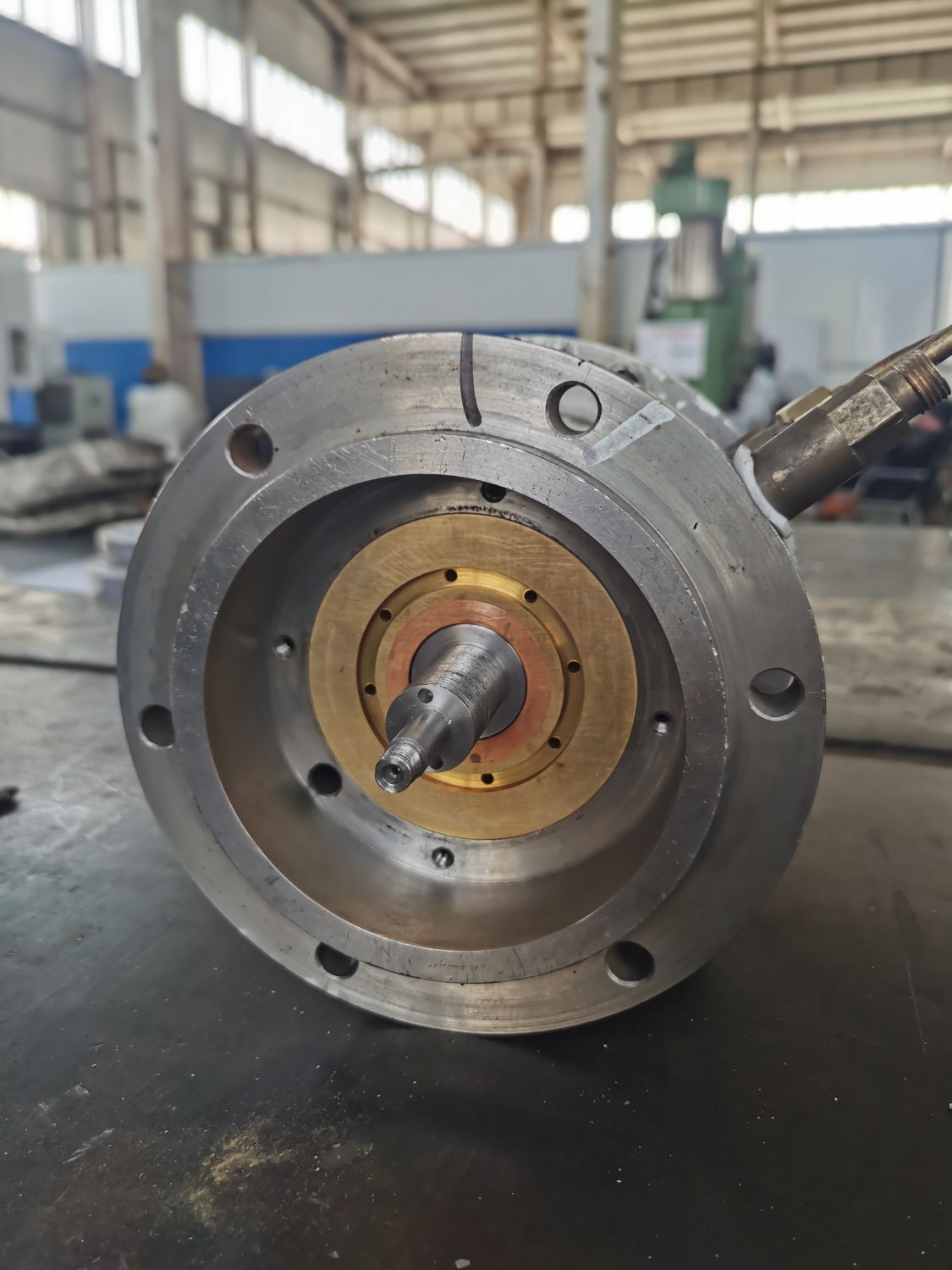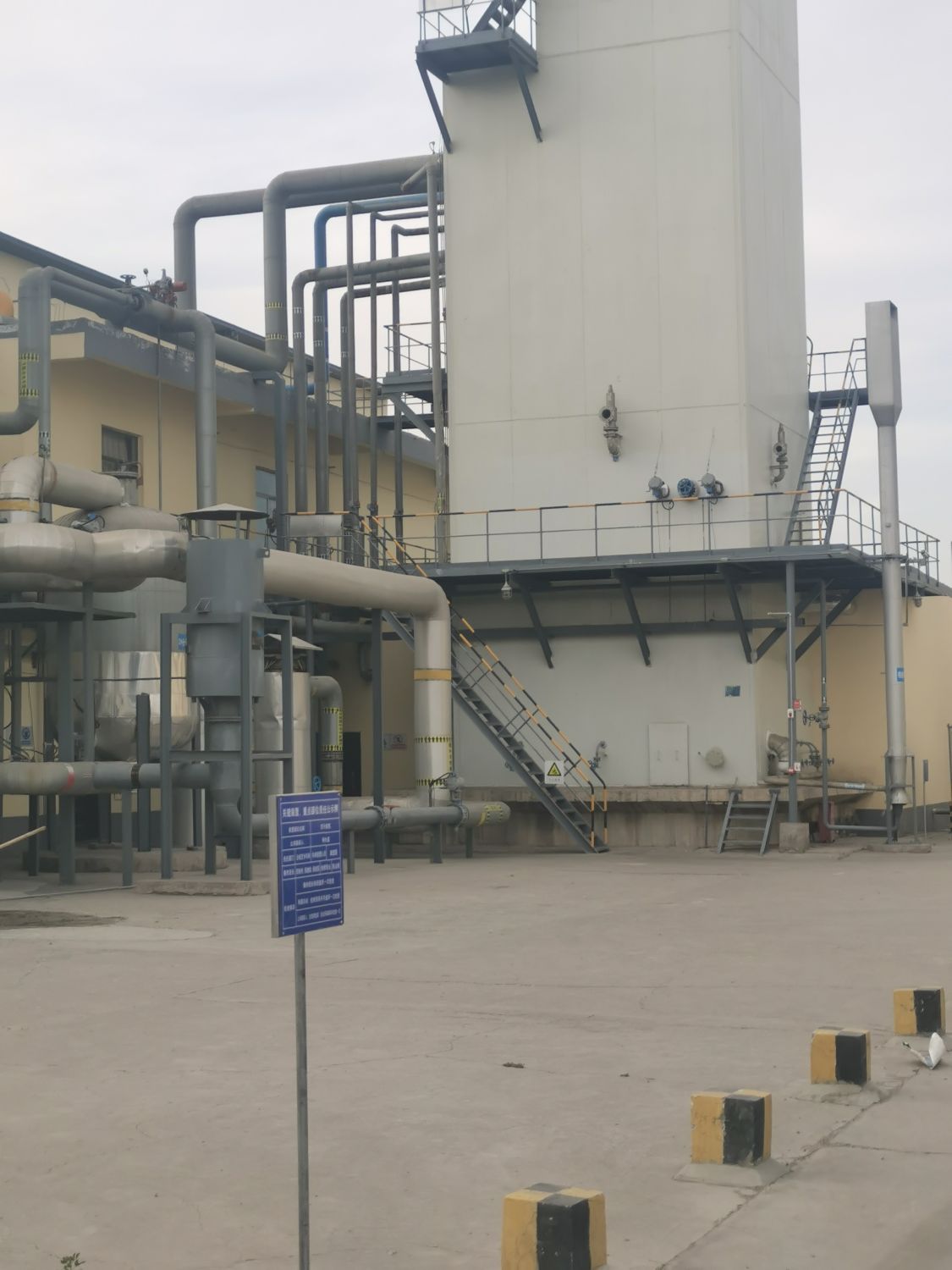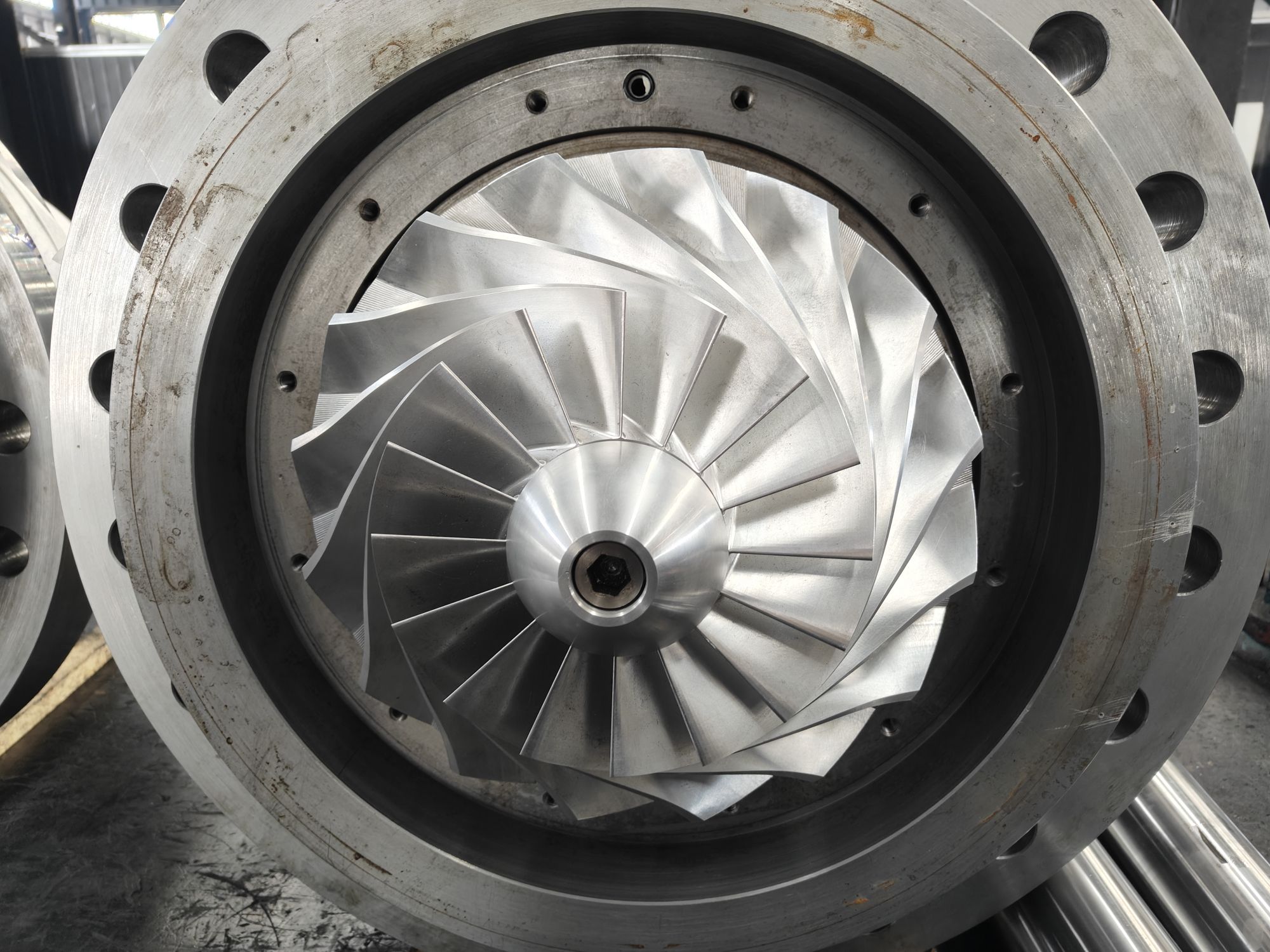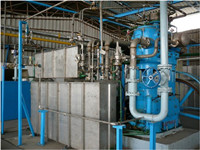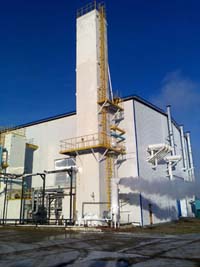Working principle and application of turboexpander
The turboexpander is a critical component required for generating cooling energy in air separation plants and is the "heart" of the entire system. It utilizes the adiabatic expansion of pressurized gas within the turbine, generating work and consuming the gas's internal energy, thereby intensely cooling the gas and achieving refrigeration. This cooling energy is used to start the air separation plant and compensate for cooling losses during operation, maintaining cooling balance.
The expander consists of the expander flow section, brake, and body. The expander flow section comprises a volute, guide vane, impeller, and diffuser. The working medium enters the volute through the inlet pipe, passes through an adjustable nozzle, and then enters the impeller to generate work before being discharged through the diffuser and exhaust pipe. The volute is a welded stainless steel structure fixed to the body and connected to the base through the body. The volute houses the nozzle and expander impeller. The expander impeller and the booster impeller (both closed) are mounted on opposite ends of the rotor, which is a rigid rotor mounted on bearings in the body. The working fluid expands adiabatically as it flows through the flow section, lowering its temperature while outputting work, which is absorbed by the brake fan at the other end. The machine uses an adjustable nozzle, which has good adjustment performance and is easy to operate, allowing the machine to operate stably at high speeds.










